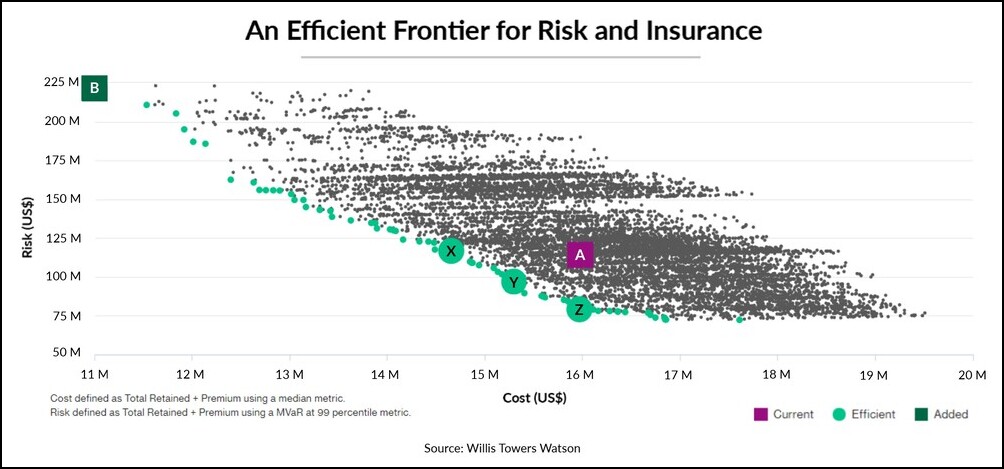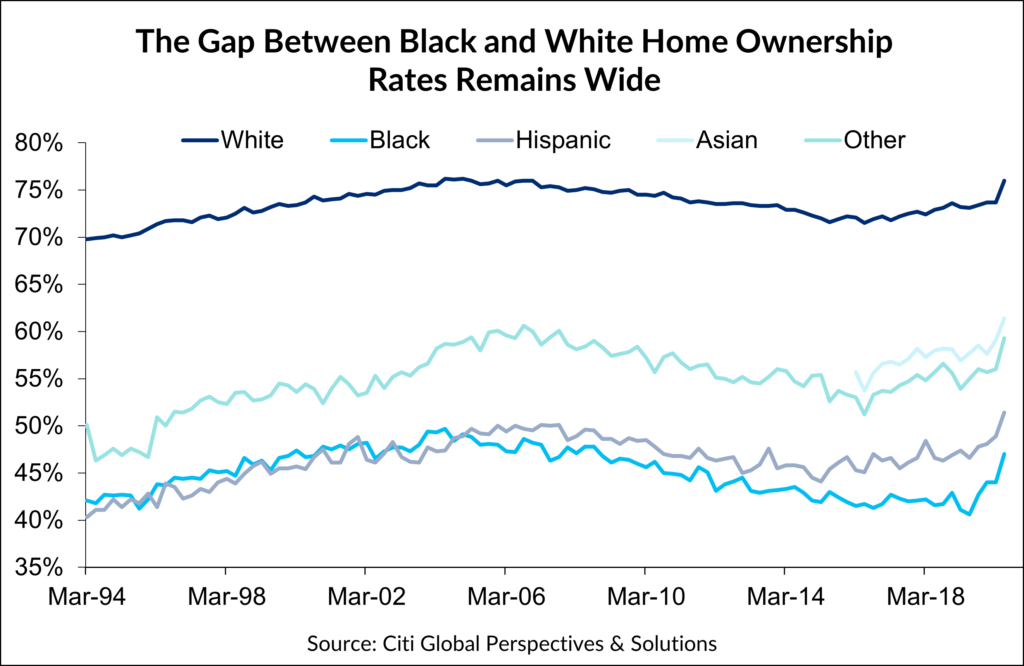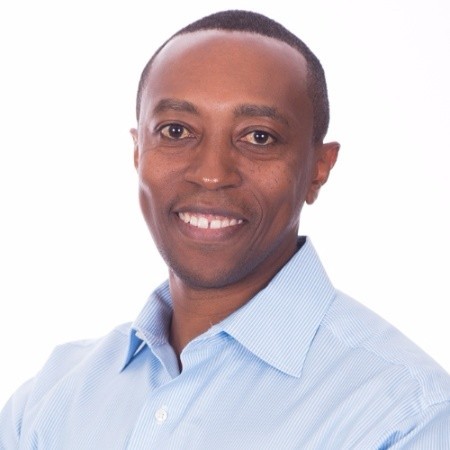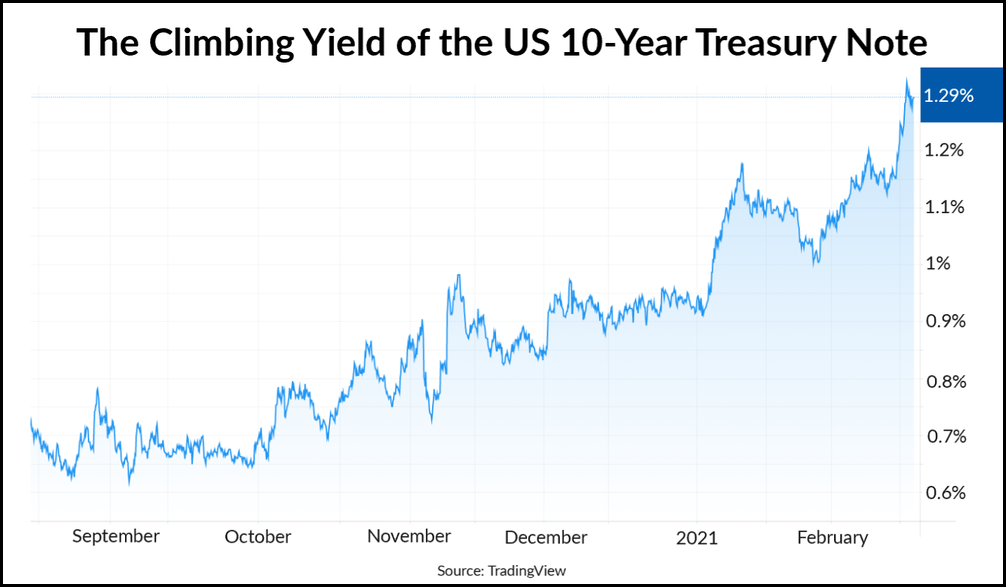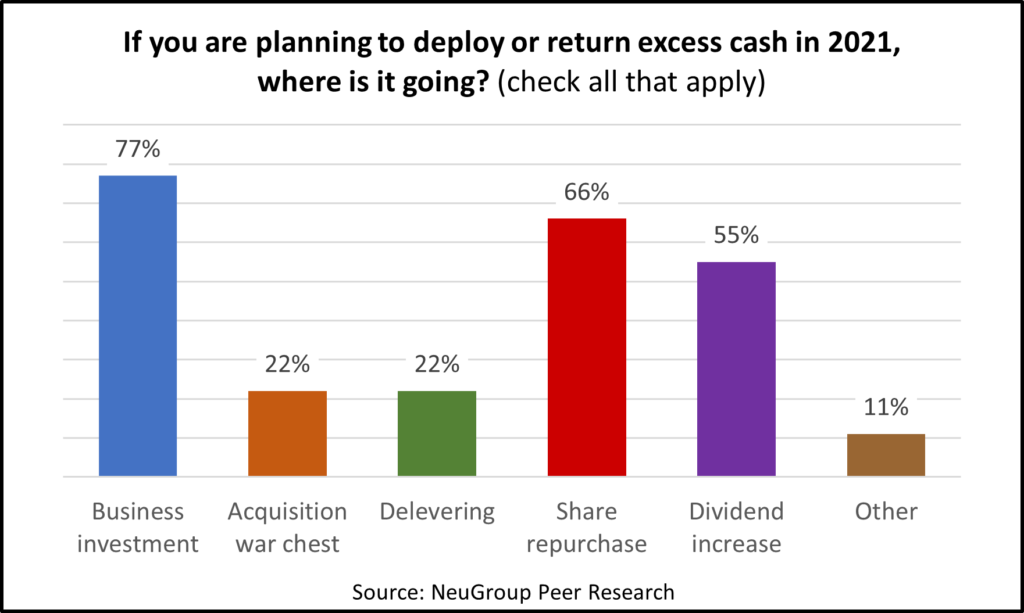
Background: Members of NeuGroup for Capital Markets recently heard a presentation from InterPrice Technologies, a woman-owned fintech that collects pricing data for issuers. The company says its platform gives corporates access to their costs of capital “at any point in time and streamlines their communication with financing partners.”
- The technology “automatically aggregates bond, commercial paper and loan indications into intuitive dashboards across currencies and financing products,” InterPrice says.
- InterPrice on Monday announced it has raised $2.5 million in seed money led by Bowery Capital.
Background: Members of NeuGroup for Capital Markets recently heard a presentation from InterPrice Technologies, a woman-owned fintech that collects pricing data for issuers. The company says its platform gives corporates access to their costs of capital “at any point in time and streamlines their communication with financing partners.”
- The technology “automatically aggregates bond, commercial paper and loan indications into intuitive dashboards across currencies and financing products,” InterPrice says.
- InterPrice on Monday announced it has raised $2.5 million in seed money led by Bowery Capital.
Member question: “Has anyone signed on with InterPrice? We worked through a demo and it looked interesting. As we look for ways to work more efficiently, curious if anyone has found the offering to be worth exploring further?”
Peer answer 1: “We haven’t signed up for it yet, but have looked at it more thoroughly and have been advising [InterPrice] on functionality that I think would be helpful for corporates.
- “They are still early in their process, but so far I think there is a lot of value to what they are trying to create. They are also very open to product suggestions if there is specific functionality that you think would be beneficial.”

Peer answer 2: “I’m a bit reluctant to sign up now because I don’t know how much it’s going to cost when they start charging for it. I don’t want to get everything set up and then [reverse course].”
InterPrice response. Asked for comment, InterPrice CEO Olga Chin responded, “We are incredibly appreciative of the support we have gotten from multiple treasury teams in building the InterPrice platform.
- “In the last few months, InterPrice has attracted some of the top corporate issuers in the market. As part of our rollout, we have offered a free trial to every corporate treasury team.
- “Based on feedback from corporate treasury teams, we anticipate a fee model that is based on issuance versus a subscription fee after the trial period.
- “If you would like to discuss a suggested fee schedule or schedule a demo, please reach out to [email protected].”
Peer answer 3: “We are using the platform on a pilot basis. The setup has actually been fairly painless, as we were already tracking much of this information in Excel and were able to upload our history.
- “Banks are starting to fall in line with onboarding, though we are still sending the bulk of our pricing indications to the email parsing inbox for upload. The use case for commercial paper is also quite compelling.”
Member response: “Our Excel record-keeping system is lacking; part of the appeal of the offering. Understood on historical data—that is a great data point.”



